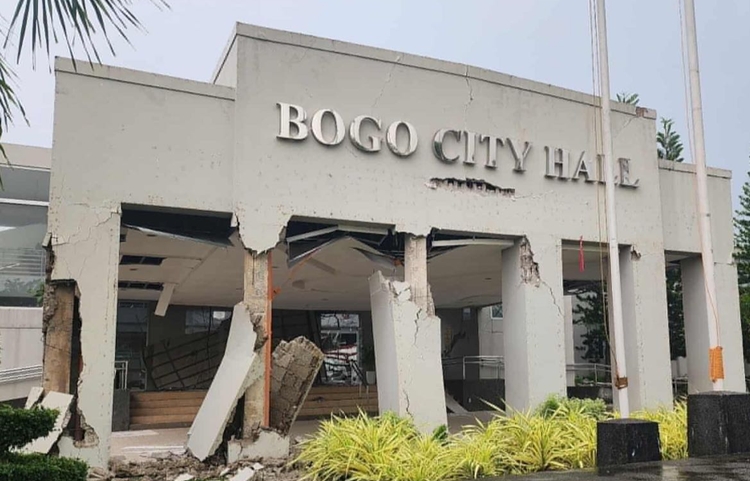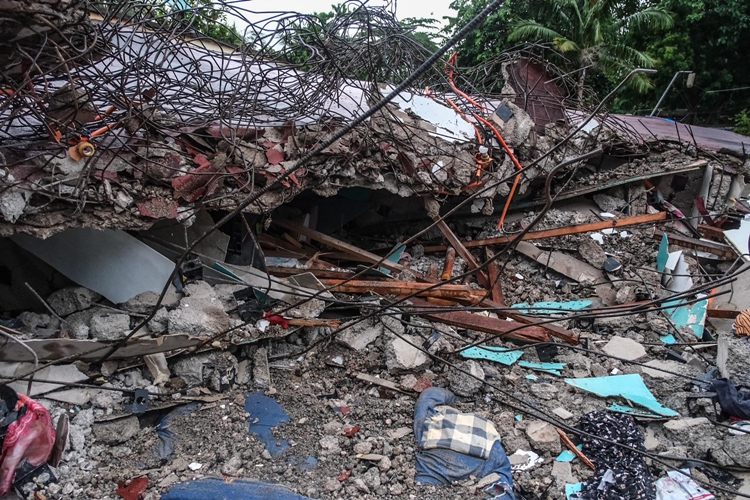6,967 Aftershocks Shake Cebu After 6.9-Magnitude Quake
PHIVOLCS — The Philippine Institute of Volcanology and Seismology reported that a total of 6,967 aftershocks have been recorded since the magnitude 6.9 earthquake that struck Bogo City, Cebu, on September 30. In its latest update at 6 a.m. Monday, PHIVOLCS said that 29 of these aftershocks were felt by residents, with intensities ranging from 1.0 to 5.1.
According to the agency, the number of aftershocks per day is now decreasing, which is a positive sign that the ground movement is gradually stabilizing. PHIVOLCS explained that aftershocks are a natural occurrence following a strong earthquake, as the ground continues to adjust to a more stable condition. These smaller tremors may continue for weeks or even months, depending on how the Earth’s crust settles after the main shock.
PHIVOLCS Director Dr. Teresito Bacolcol urged residents to remain cautious and avoid re-entering damaged homes or buildings without expert assessment. He emphasized the importance of consulting municipal or city engineers before returning to their houses, as structures that may have survived the initial quake could still collapse if struck by a strong aftershock.

“If there are visible damages to the structures where they live, they should not enter,” Dr. Bacolcol warned. He added that even if a structure appeared intact after the main quake, it might still weaken further as aftershocks continue.
Meanwhile, the National Disaster Risk Reduction and Management Council (NDRRMC) reported that as of Sunday morning, the death toll has risen to 71. Authorities continue to monitor affected areas and provide assistance to survivors as Cebu slowly recovers from the powerful quake and its continuing tremors.

So far, the magnitude 6.9 earthquake in Bogo City has recorded the highest number of aftershocks in Philippine history, surpassing the 2017 Surigao del Norte earthquake, which had over 6,000 aftershocks.
